Cold War Post World War 2
A major feature after the end of the Second World War was the antagonism between United States & Soviet Union & the armed confrontation between the military blocs headed by them for almost four decades.
- Since the end of the First World War, the United States had emerged as the strongest power in the world. After the Second World War, her power had grown still more compared with the European powers who dominated the world for centuries.
- This was both in spheres of economic & military strength. After US acquired atom bomb, its power further strengthened.
- Next to the United States the mightiest power in the world after the Second World War was Soviet Union. It had suffered more than any other country in the war. However, in spite of these losses, her power and prestige had increased.
During the war, Britain, the United States and the Soviet Union had together fought against the fascist countries. Many declarations issued during the war which aroused hopes of peace all over the world.
- However, the war was hardly over when conflicts and tensions began to emerge between Britain and the United States on the one hand and the Soviet Union on the other.
- The relations between them began to deteriorate and came to be characterized by what has been called the Cold War.
- Gradually, the Cold War became more intense and the world was divided into two major blocs — the United States and West European countries forming one bloc and the Soviet Union and the socialist countries of Eastern Europe forming the other.
Causes of Cold War
- The most important reason for the ‘outbreak’ of the Cold War was the Western countries’ fear of communism.
- Increase in the might of the Soviet Union, emergence of governments ruled by communist parties in Eastern and Central Europe and the growing strength of communist parties in many parts of the world, alarmed the governments of the United States, Britain and other West European countries.
- In 1949, the victory of the Communist Party of China in the civil war which had been raging there for about two decades added to the alarm.
- United States openly declared that her policy was to prevent the spread of communism.
- One of the objectives of the massive economic aid that the United States gave to West European countries was also to ‘contain’ communism
- United States began to look upon every development in the world from this standpoint, whether it promoted or helped in checking communism.
- Britain and West European countries became aligned with the United States and began to follow a policy mainly aimed at curbing the growth of communism.
Impact of Cold War on Freedom Movements
- This had many adverse consequences for democracy, and freedom movements in the colonies.
- The freedom movements in many countries began to be considered unsympathetically by countries which were not themselves colonial powers but were aligned to the colonial powers.
- For example, United States supported France in suppressing the freedom movement in Indo China.
- Countries which wanted to pursue an independent policy and promote relations with the Soviet Union were looked upon with suspicion.
- All these factors made the international situation tense as in some areas it resulted in wars and in many other areas it led to prolonging of conflicts.
- The growing tension in the world was worsened by the setting up of military blocs.
Military Blocs by USA
- In 1949, North Atlantic Treaty Organization (NATO) was formed for defence against the Soviet Union. A NATO army was created which established its bases in many countries of Europe.
- In 1954 South East Asia Treaty Organization (SEATO) was setup with United States, Britain, France, Australia, New Zealand, Thailand, the Philippines and Pakistan as members.
- In 1955 the Baghdad Pact signed. It consisted of Britain, Turkey, Iraq, Pakistan & Iran. United States established its military bases all over the world for use against what it considered the danger of communist aggression.
- When there was a revolution in Iraq in 1958, that country withdrew from Baghdad Pact which had been named after capital of Iraq, the name of Baghdad Pact was then changed to the Central Treaty Organization (CENTO)
Warsaw Pact
As against these Western & Western sponsored alliances, the Soviet Union and the socialist countries of Europe – Poland, Czechoslovakia, Hungary, Rumania, Bulgaria and the German Democratic Republic formed the Warsaw Pact.
- Under this pact, the Soviet Union stationed her troops in these countries.
- However, Soviet Union & other members of the Warsaw Pact did not have any military bases in other parts of the world.
- The Soviet Union had treaties of friendship and mutual assistance with China.
These alliances and the military bases came to be looked upon by countries, which were not members of the alliances, as a danger to peace and to their independence. Most of the countries of Asia and Africa which had won their freedom refused to join these alliances.
Arms Race during Cold War
There was the race for deadlier weapons of destruction. For about four years after the Second World War, only the United States possessed atomic weapons. In 1949, Soviet Union tested her first atom bomb.
- A few years later nuclear weapons which were thousands of times more destructive than the atom bombs used against Japan, were developed.
- The testing alone of these bombs created serious hazards to life.
- Many movements were launched in all parts of the world to demand a ban on the testing and manufacture of nuclear weapons.
- Most of the leading scientists such as Einstein & Linus Pauling also supported this demand.
However, the arsenals of nuclear weapons in the world went on increasing. There are so many nuclear weapons in the world today that the world can be destroyed many times over. Along with the nuclear weapons and many other kinds of weaponry, new bombers, submarines and missiles have been developed which can carry these weapons over thousands of kilometers.
Armed Tension during Cold War
Cuban Missile Crisis
- Soviets deployed nuclear missiles in Cuba, in striking range of Florida.
- President Kennedy responded with a naval blockade of Cuba & two sides were at the brink of war.
- After 13 days standoff, Soviets removed the missiles.
Vietnam War (1960s – 1975)
- In 1965, US sent troops to aid south Vietnam in its war against communist north Vietnam, which was supported by Soviets & Chinese.
- By the time US troops left in 1973, 58k Americans had died. War ended in 1975 with communist forces overrunning the south.
Prague spring 1968
- Leaders of Czechoslovakia’s communist party attempted to institute reforms including loosening control over media & introducing multiparty democracy.
- Soviet troops invaded & the reforms were halted.
Afghan invasion 1979
- Soviet troops invaded Afghanistan in support of Marxist government, which war battling insurgents known as mujaheddin (aided by US & Pakistan).
- After 10 years of wars soviet troops retreated in 1989.
Star Wars
- The United States launched a programme of developing new and even more deadly weapons, popularly known as the Star Wars.
- These weapons would have meant taking the conflict into outer space and launching attacks from there.
- However, the world situation began to improve after the mid 1980s and by the end of the 1980s it could be said with much certainty that the era of Cold War had came to an end.
Role of Non-Aligned Movement During Cold War
Many newly independent nations of Asia and Africa as well as many nations in other continents did not like the military blocs. They began to follow a policy of nonalignment with any military bloc. Their emergence played a very important role in reducing the intensity of the Cold War and in creating an atmosphere of peace.
- Most of the newly independent countries of Asia and Africa refused to join the Cold War.
- They considered the formation of military blocs as a serious danger to peace and to their independence.
- These countries were faced with the enormous task of social and economic reconstruction which could be done only in a world free from war & tension.
- The extension of military alliances and the setting up of foreign bases were considered by most Asian countries as a threat to their Independence and a source of tension. Hence, they opposed these alliances.
Non-Aligned nations of Asia & Africa, therefore, were in the forefront of the struggle for the liquidation of colonialism.
Nonalignment has been a policy aiming at the strengthening of independence, ending of colonialism & promoting world peace. It was not merely a policy of non-involvement with military blocs but a policy for creating a better world.
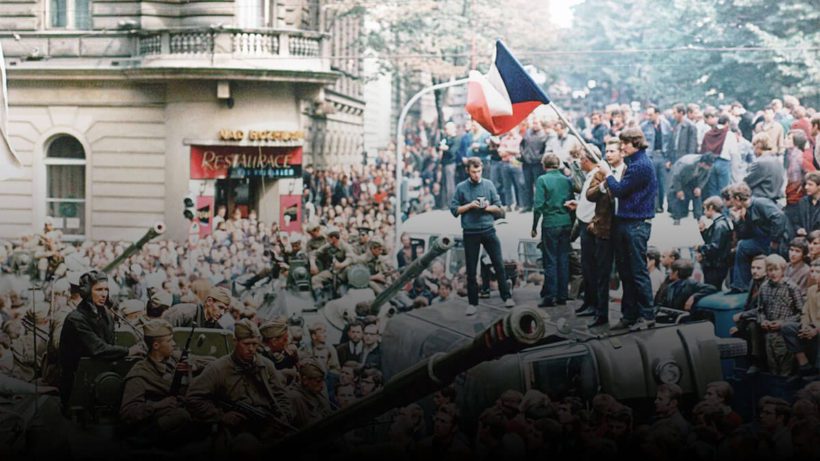



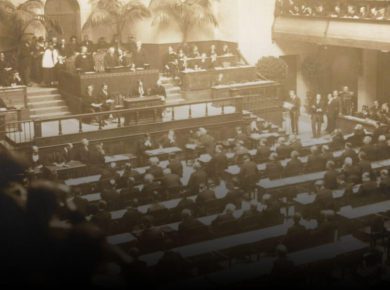

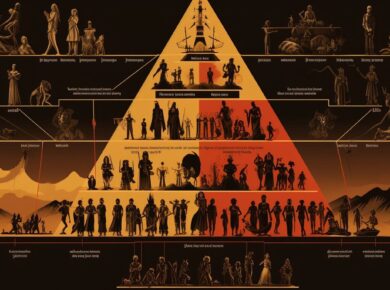
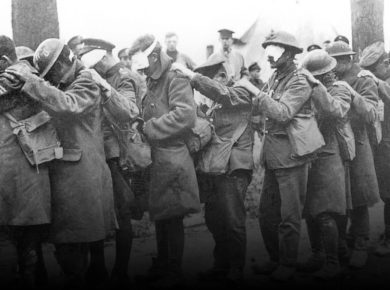
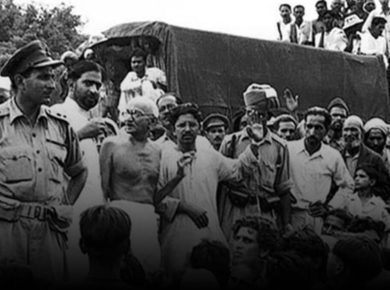
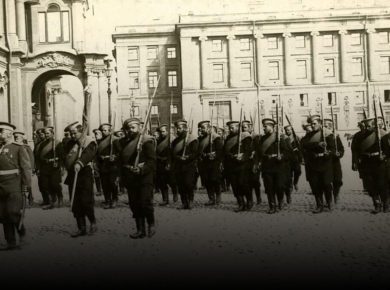
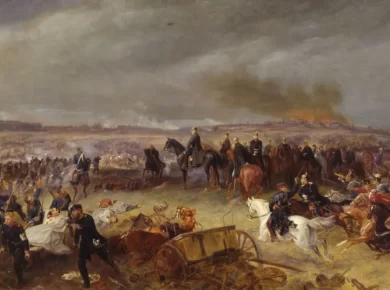
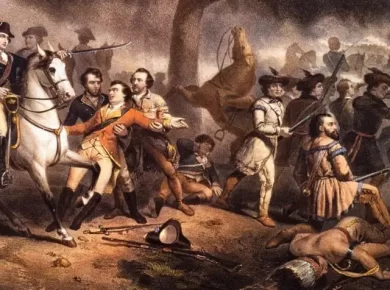
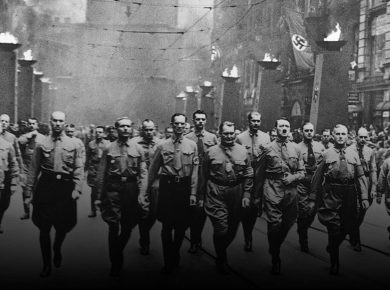
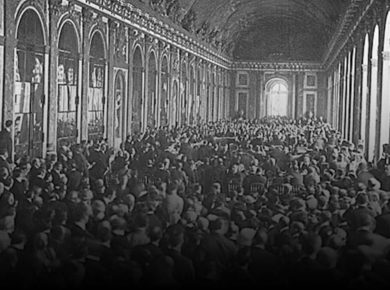
4 comments
Thank you for these notes, guys 🙂
very much to share the knowledge.
thankyou very much to share the knowledge.
your notes are extremely good for Revision. Please upload Post Independence India Notes, eagerly waiting…. Thank You